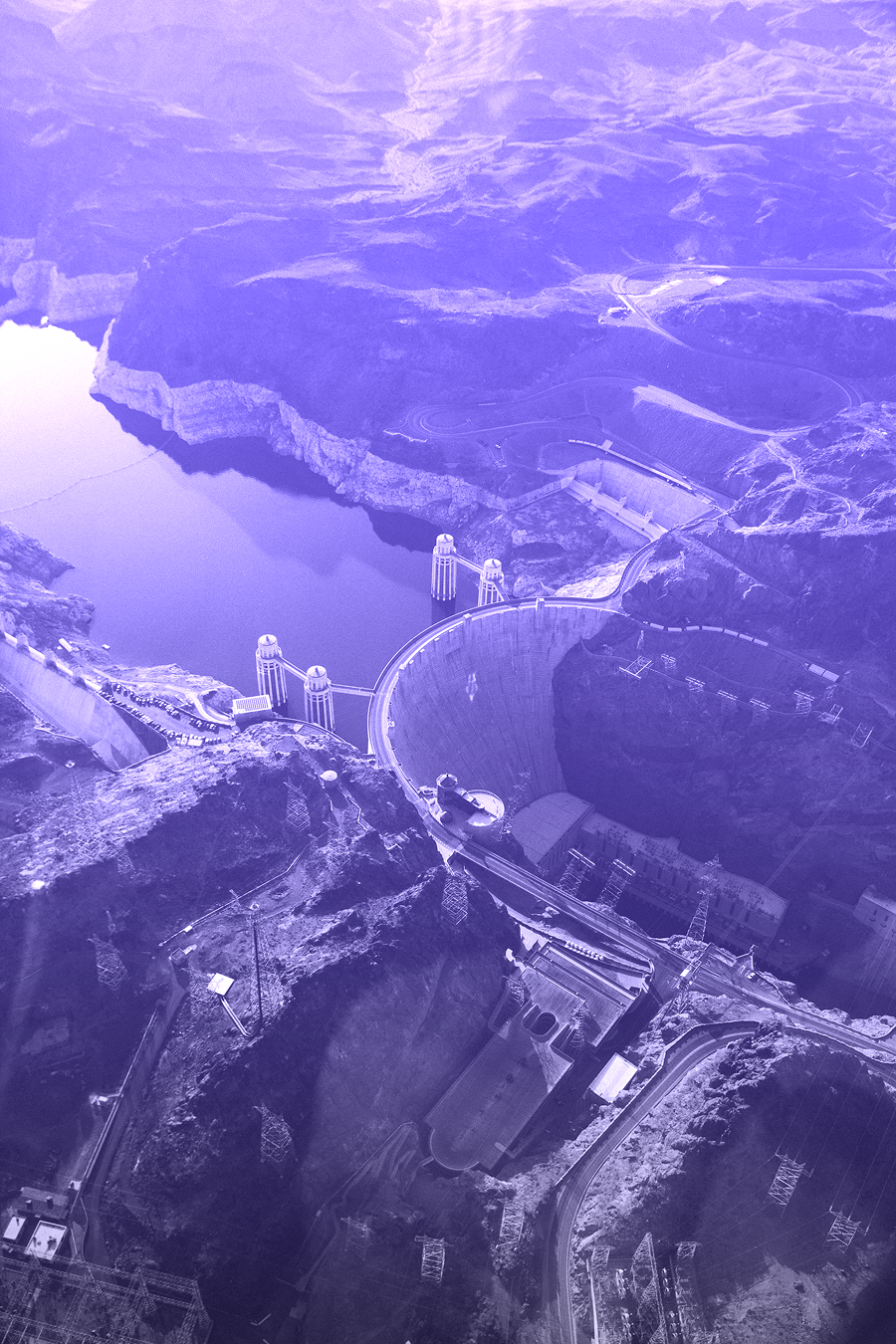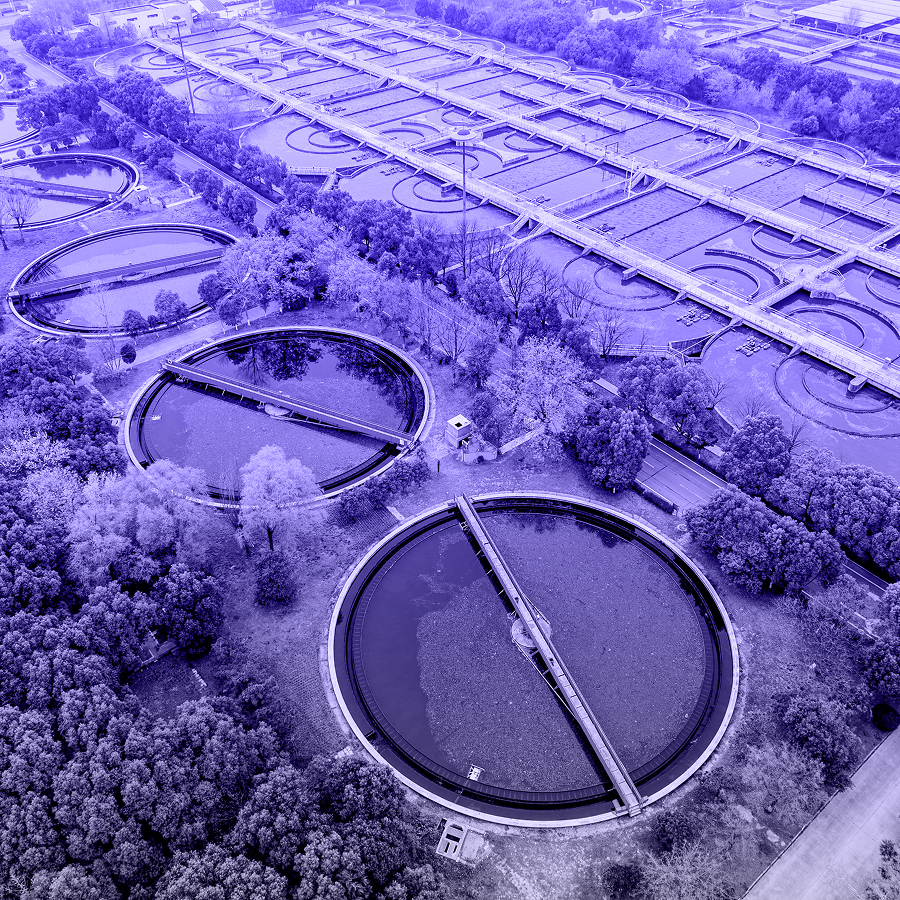Renewable Energy Certificates (RECs) are the currency of credibility in renewable power markets. Each certificate represents one megawatt-hour (MWh) of electricity generated from renewable resources, providing proof of clean energy production. In compliance markets, regulators use these mechanisms to support and maintain investment in renewable energy. In voluntary markets, RECs offer corporations and institutions a traceable way to meet sustainability commitments.
At Noreva, we bring clarity to this landscape by combining AI-driven forecasts with a fundamentals-first and trade-aligned approach. The result: market views that are not just numbers, but bankable insights trusted by developers, traders, and financiers.






